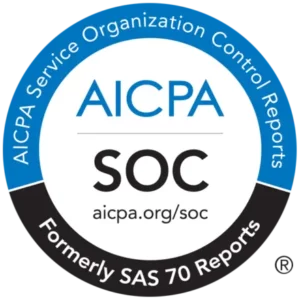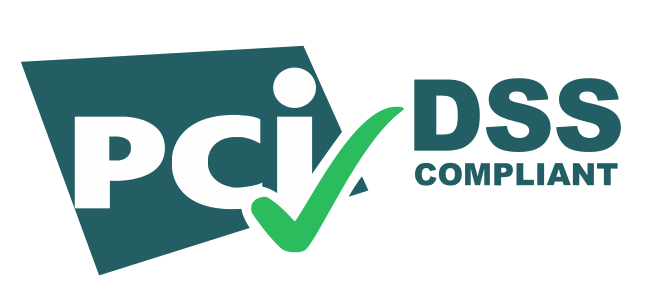AI plagiarism rates rise globally as more students leverage AI tools in academia
New York, NY — March 19, 2024 – Copyleaks, a pioneering force in AI-based text analysis and plagiarism detection, today announced new data showing changing student habits regarding AI usage and plagiarism in schools. The study—conducted from January 2023 to January 2024—revealed a 76% surge in AI-generated material over the year.
Across tens of thousands of college and high school students in seven countries, Copyleaks scrutinized the trends in AI and plagiarism detection over the past year. The analysis revealed that while AI-generated content among students increased YoY, plagiarism rates experienced a notable decrease of 51% during the same period, underscoring the transformative impact of AI adoption on academic integrity.
“As the data highlights, students have gradually adopted generative AI over the past year. However, the data around plagiarism rates strikes me as most insightful. While there has been a decrease in the rate of plagiarism, it still persists, whether it be from GenAI outputs or students themselves, meaning it’s still a concern that needs to be addressed.” said Alon Yamin, CEO and co-founder of Copyleaks. “That’s why it remains an absolute necessity for academic institutions to adopt comprehensive solutions that can detect AI-generated content and plagiarism to ensure full transparency and maintain academic integrity.”
The study found widespread AI adoption and subsequent detection across various countries. Australia had the highest average rate, with 31% of scanned assignments containing AI throughout the year. But even as AI adoption grows, plagiarism garners concerningly high detection rates, with the UK (33%) and the U.S. (30%) averaging the highest across countries.
Additional key findings from the analysis included:
- As AI adoption increases among students, it’s showing up in more of their work: Throughout the year, there was a noticeable increase in AI adoption among students. In January and February 2023, the average percentage of scanned assignments containing AI content was 12% and 11%, respectively. However, detection rates significantly rose later in the year, reaching 25% in November and December 2023.
- AI and plagiarism detection is highest among online schools: E-learning institutions demonstrated the highest levels of AI and plagiarism detection among scanned assignments, at 26% and 39%, respectively. This highlights that in-person learning, to some extent, inhibits these practices. Nonetheless, plagiarism persists across all academic settings, with rates of 29% in high schools and 28% in colleges.
- Career and technical colleges recorded the highest rate of AI usage, while community colleges had the highest plagiarism rates. There was significant consistency in the rates of plagiarized content among different institutions. The average percentage of scanned assignments containing AI at career and technical colleges was 23%, while community colleges had a 32% rate for plagiarism. Both private and public schools recorded a 28% plagiarism detection rate, with AI content detection rates of 19% and 14%, respectively.
“Rates of AI-generated content will only increase as students adopt these tools more widely,” added Yamin, “As such, oversight is critical for empowering content authenticity and originality.”
With the increasing availability and sophistication of AI technologies, academic integrity faces new and complex global challenges. It’s imperative for educators, institutions, and policymakers to proactively address these challenges while leveraging AI’s potential to foster integrity and innovation in education.
About the Study
This comprehensive study conducted by Copyleaks aimed to analyze the evolving landscape of academic integrity by examining trends in AI adoption and plagiarism detection across tens of thousands of college and high school students in seven countries, including Australia, Canada, Myanmar, Philippines, South Africa, the UK, and the U.S. Over the course of one year (January 2023 to January 2024), data was gathered and analyzed to uncover insights into the relationship between AI usage and plagiarism rates among students.
###
About Copyleaks
Dedicated to creating secure environments for sharing ideas and learning confidently, Copyleaks is an AI-based text analysis company used by businesses, educational institutions, and millions of individuals around the world to identify potential plagiarism in over 100 languages, uncover AI-generated content, ensure responsible generative AI adoption, verify authenticity and ownership, and empower error-free writing.
For additional information, visit our Web site or follow us on LinkedIn.

